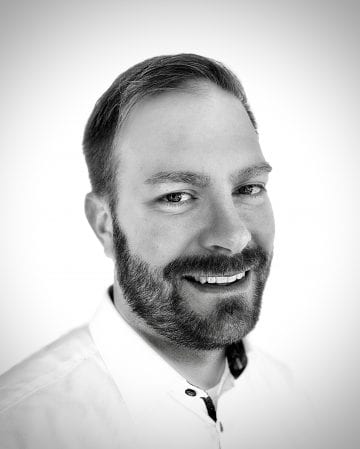New way to make a city

Pekka Saarinen,
Owner, CEO,
Urbanity Oy,
Finland
Urbanization has often been used as a concept to describe urban growth and development as a phenomenon. Today, this phenomenon is not just about rural-urban migration or moving from a smaller city to a larger growth center. People still want more and more economic, social or educational opportunities. In fact, urbanization is more broadly concerned with enabling vitality and empowerment. The next dimension of urbanization is the strengthening of the city. Being a growth center, having a defined brand, or aiming to be a cozy city does not necessarily guarantee success as a city. From a systemic point of view, in addition to housing and jobs, urban structure, buildings, mobility and accessibility can and will be seen as part of urbanization and its service network. Circular economy thinking, life-cycle thinking and, for example, mobility as a service are also the future of urbanization and the built environment also in business. Urbanization is thus also a service business.
The city must be self-renewing, forward-looking and enabling in order to be successful in urbanization. Thus, the city must also urbanize itself. It is as if the city has to re-design its skin all the time. If it does not do so, it will not guarantee its vitality either. In urban planning language it means continuous and renewed master planning. An essential part of the effort to strengthen urbanization is to create common, understandable goals and means to reach a feasible goal. But how is the goal achieved? How are the process of urbanization and urban policy objectives taken into account? How to really create a new city and what is a quality city?
Urban planning must be of high quality and its complexity must be managed in order to produce value. The traditional role of the city, the planning tasks and objectives assigned to it, and the will of the landowners must be combined. In addition, the existing city must be respected. Thus, the room for maneuver is very limited. But there is enough space when the process is managed properly. Urban planning, making a new city is often perceived as an enormously long and laborious process in generally. Zoning is often perceived as slow and bureaucratic due to the authoritarian nature of the town planning monopoly status and legislation in Finland. From this perspective, complexity is about the correlation of power, knowledge and mutual trust, and often conflicting goals. The monopoly might only take into account the end result of one party. It can fill one perspective but miss several others.
Urban planning requires a new approach that brings together the private and public sector, residents, citizens, planners, builders and decision makers in a new way. Efforts must be made to achieve a quality city, planning and implementation within a reasonable time and at a reasonable cost. The operating model must be open, transparent and measurable in various ways. In this case, the model and the results of the process generate value for the residents, value for vitality by supporting being a city. Let’s call this new model to a soft urban partnership model. What is new is how to make the operating model better serve value creation. The urban planning process is like a puppy dog that is squirrel around. Both, the master and the puppy are happier knowing what to do. There might be wisdom at either end of the leash – or not. The process and all its dimensions must be managed, not the other way around. The common goal must be clear as well as the means to achieve it.
Case Pihlajaniemi: The first capital of Finland, Turku, is on the verge of exciting new development. Turku is a city on southwest coast of Finland at the mouth of the Aura River. The City of Turku and Senate Properties (the real estate asset manager of the Finnish Government) are developing the new Pihlajaniemi urban district with a new attitude, focussing on softer values and better urban quality. At some 30 hectares the Pihlajaniemi area today consists of fields and some existing buildings, and a stretch of coast at the south. For the City of Turku, Pihlajaniemi is a real gem, as it´s located just a couple of kilometres from the city centre. It will be a home for a thousand residents. Planning the district, there are two architectural practices, Ajak Oy and Gehl, with Urbanity Oy coordinating planning and planning process. The Danish Gehl has a lot of international experience in making top-notch urban environments with human appeal, while Ajak are the local design experts and Urbanity has a lot of experience about urban design management. Working together in the Pihlajaniemi district, this group are making a new city area with a new urban planning process model which combines a quality of a physical planning and quality of a planning process.
The main coordination of the urban planning process is made by Urbanity Oy, coordinating the whole process from planning issues to residential participation and interaction. Urbanity Oy is a strategic partner for Senate Properties and official zoning consultant for a City of Turku in case of Pihlajaniemi.
Email: pekka@urbanity.fi
Expert article 2656
